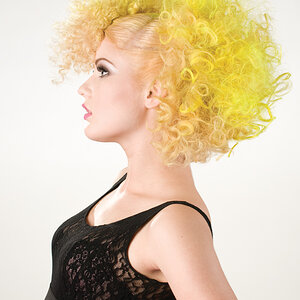Hi,
I have set up a basic darkroom in my bathroom. I seem to be having a consistent problem with my prints coming out very dark; e.g. I have to keep exposure times down to 2-3 seconds to not make the prints too dark. I have had the same issue across several sets of negatives (which all appear OK in terms of exposure.)
I am using a very basic Besseler Cadet II enlarger and it is set to f8.
Any ideas on what sort of things to try to track this down?
Thanks!
- Max
I have set up a basic darkroom in my bathroom. I seem to be having a consistent problem with my prints coming out very dark; e.g. I have to keep exposure times down to 2-3 seconds to not make the prints too dark. I have had the same issue across several sets of negatives (which all appear OK in terms of exposure.)
I am using a very basic Besseler Cadet II enlarger and it is set to f8.
Any ideas on what sort of things to try to track this down?
Thanks!
- Max


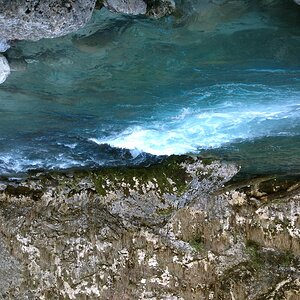
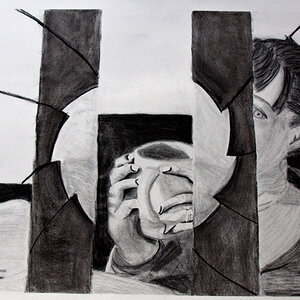

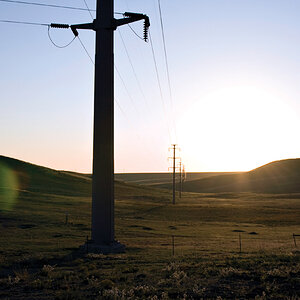

![[No title]](/data/xfmg/thumbnail/38/38733-21217cf4fc7d197a2f8b1e0e2d17b5a5.jpg?1619738703)
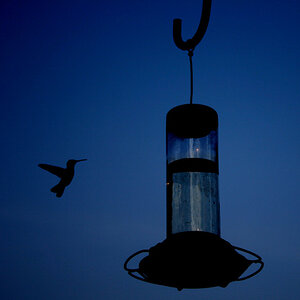
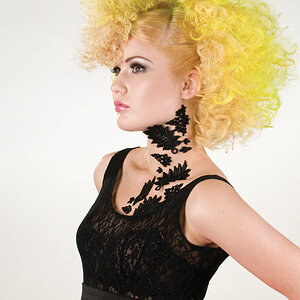
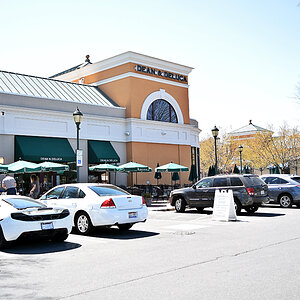

![[No title]](/data/xfmg/thumbnail/35/35876-de9861d35b5abad8ad1cf7c32772c9fb.jpg?1619737202)
